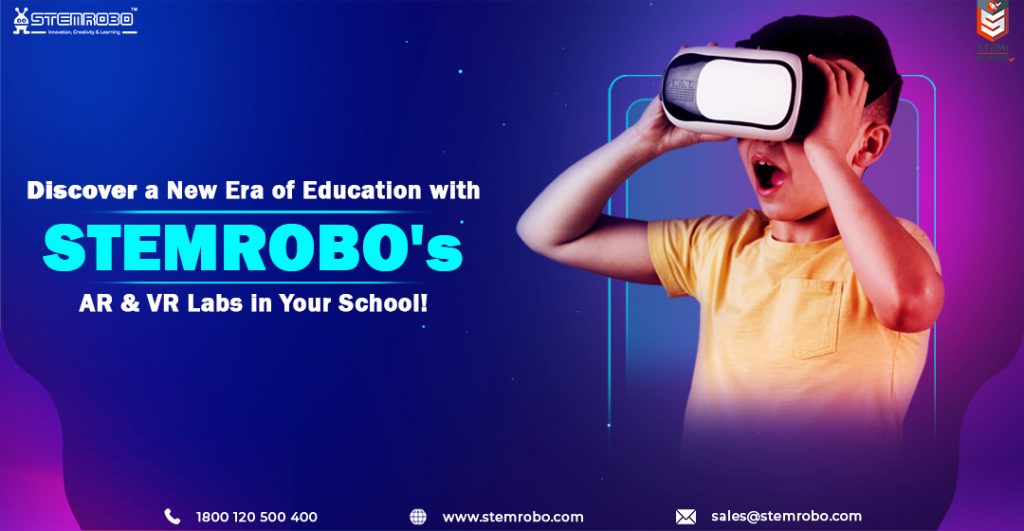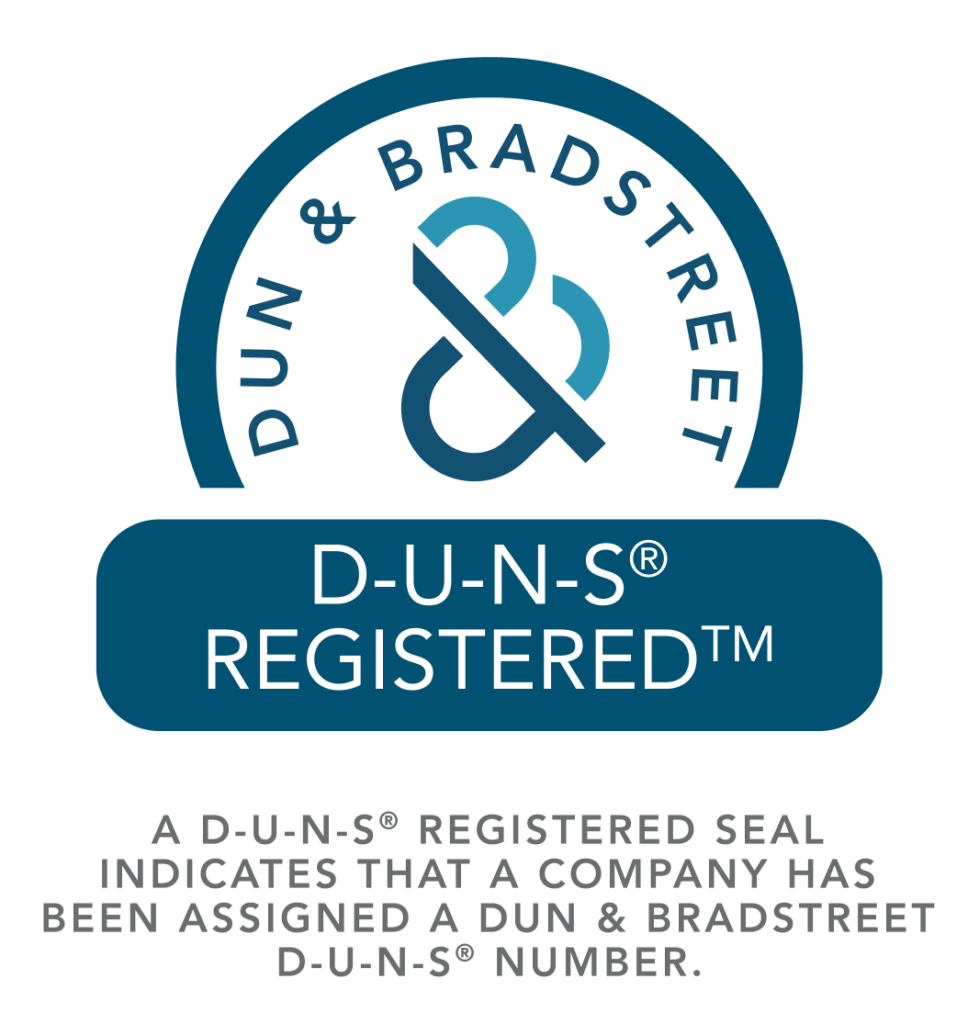Virtual Reality in Education
Virtual Reality (VR) is revolutionizing the way we learn and interact with knowledge. By immersing people in a digital environment, VR technology has the potential to enhance engagement, understanding, and retention in an educational environment. From primary schools to higher schools, VR is finding its place as a valuable tool for educators and students alike. One of the key benefits of Virtual Reality in education is its ability to create immersive experiences that simulate real-world environments. For example, students studying history can virtually visit ancient civilizations, walk through historical landmarks, and witness events as if they were there. This kind of experiential learning can enhance understanding and make learning more engaging and memorable. VR may make difficult topics in STEM courses more relatable. In a secure and regulated environment, students may engage with chemical structures, examine the human body in three dimensions (3D), or even perform physics experiments. With this practical approach, students may better understand challenging ideas and get a deeper understanding of these disciplines. Virtual reality in education may also improve accessibility and inclusivity to education. Students with disabilities can engage in activities that would be challenging or impossible in the real world. A visually handicapped student, for example, may utilize virtual reality (VR) in education to visit a virtual art exhibition and “see” the paintings through touch-based input and audio explanations. In addition to enhancing learning, Virtual Reality in Education can also improve collaboration and communication among students. Virtual classrooms can bring together students from different parts of the world, allowing them to work on projects together and learn from each other’s perspectives. This kind of global collaboration can help prepare students for the interconnected world. Enhanced Learning Environments VR can create dynamic and interactive learning environments that cater to individual learning styles. For example, in language learning, students can practice their skills in a virtual conversation with a native speaker, improving both their language proficiency and confidence. Similarly, in vocational training, VR simulations can provide hands-on experience in a safe and controlled environment, preparing students for real-world scenarios. Personalized Learning Experiences One of the most significant advantages of Virtual Reality in education is its ability to personalize learning experiences. By tracking user interactions and responses, VR programs can adapt and tailor content to suit individual needs and learning speeds. This personalized approach can help students stay engaged and motivated, leading to better learning outcomes. Science Simulations: Virtual reality may be utilized to simulate scientific events and activities. For example, Students may see the water cycle in action or observe the behavior of molecules in a chemical reaction, helping them to grasp complex scientific concepts easily. It makes their learning journey engaging. Integrating Virtual Reality (VR) labs in K-12 schools offers several benefits for teachers, enhancing their ability to deliver engaging and effective lessons: Improved Teaching Resources: Teachers can enhance traditional teaching resources with various virtual simulations and models accessible through VR labs. With these materials, educators may make learning more interesting for students by breaking down difficult topics into more interactive and visual explanations. Personalized Instruction: Virtual reality labs enable educators to design individualized lessons based on the requirements and interests of their students. Due to the fact that every student has different levels of understanding and ability to learn. Enhanced Student Engagement: By the use of these VR labs teachers can capture student’s attention and their involvement in the learning process can be enhanced by the immersive quality of virtual reality. Teachers can design more engaging and dynamic classes with VR labs, which will keep students engaged in their education. Applications in the Real World: Virtual reality labs can assist educators in demonstrating how the ideas they are teaching have real-world implications. Students can use virtual reality (VR) to recreate experiments in physics classes, for instance, to better understand how the ideas of motion and gravity apply in real-world situations. Remote Learning Opportunities: VR labs can facilitate remote learning by allowing students to access virtual simulations from anywhere with an internet connection. This can be especially useful in situations where students are unable to attend school in person, such as during a pandemic or bad weather. STEMROBO plays a crucial role in advancing Virtual Reality (VR) in education by providing schools with the tools and resources they need to integrate VR technology into their curriculum effectively. Providing VR Hardware and Software: STEMROBO offers schools access to VR hardware, such as headsets and controllers, as well as VR software that includes various online learning platforms with educational content and simulations. This makes it easier for schools to adopt VR technology without having to invest in expensive equipment themselves. Curriculum Development: STEMROBO develops curriculum and educational content that aligns with K-12 standards and integrates VR technology. This curriculum is designed to help teachers incorporate VR into their lessons seamlessly, enhancing student engagement and learning outcomes. Professional Development: STEMROBO provides training and professional development opportunities for teachers to learn how to effectively use VR technology in their classrooms. This ensures that teachers are equipped with the knowledge and skills they need to integrate VR into their teaching practices successfully. Technical Support: STEMROBO offers technical support to schools that are using VR technology, helping to troubleshoot issues and ensure that the technology is working smoothly. This support helps to minimize disruptions to the learning process and ensures that students have a positive experience with VR technology. Research and Development: STEMROBO invests in research and development to continue improving VR technology for educational purposes. This includes developing new educational content, refining existing software, and exploring new ways to use VR in the classroom. Partnerships and Collaboration: STEMROBO collaborates with schools, educators, and other organizations to promote the use of VR technology in education. This includes partnering with schools to pilot new VR programs and sharing best practices for integrating VR into the curriculum. Overall, STEMROBO plays a vital role in advancing Virtual Reality in education by providing schools with the tools, resources, and support they need to effectively integrate
Virtual Reality in Education Read More »








